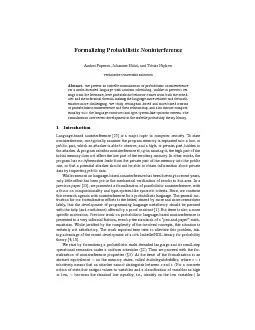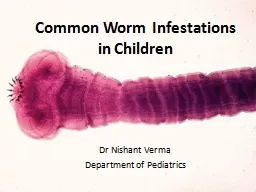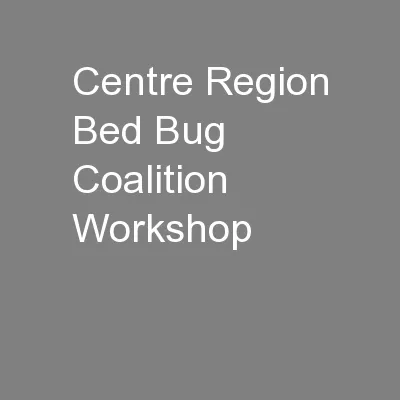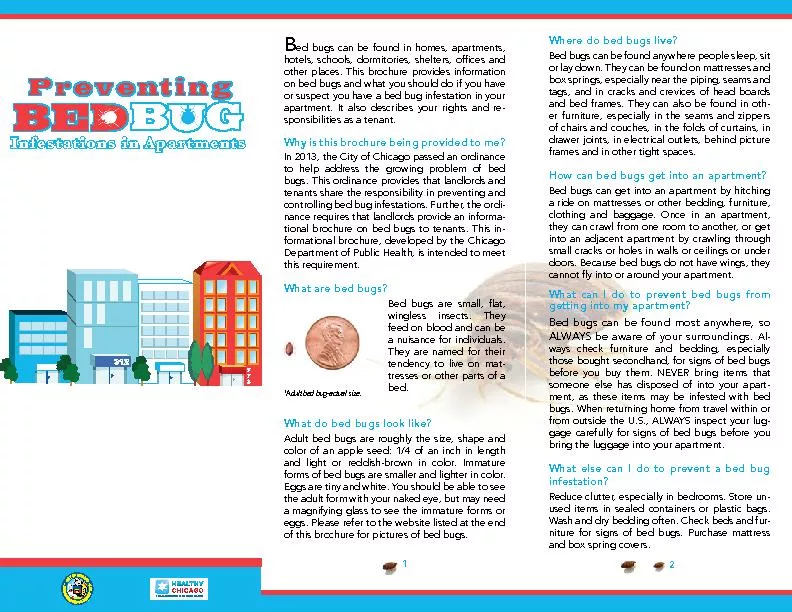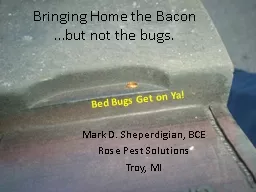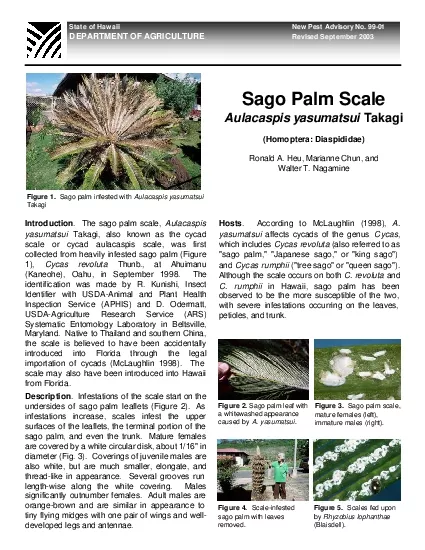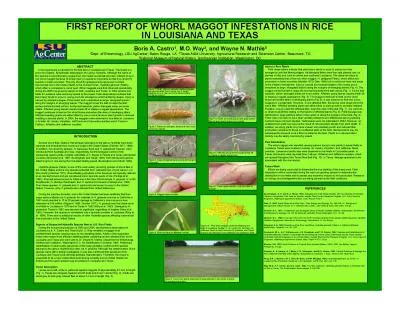PPT-Infestations Done By:
Author : sherrill-nordquist | Published Date : 2020-04-05
Ola Qasem Infestation the presence of animal parasites on or in the body is common in tropical countries Infestations fall into two main groups 1 Those caused
Presentation Embed Code
Download Presentation
Download Presentation The PPT/PDF document " Infestations Done By:" is the property of its rightful owner. Permission is granted to download and print the materials on this website for personal, non-commercial use only, and to display it on your personal computer provided you do not modify the materials and that you retain all copyright notices contained in the materials. By downloading content from our website, you accept the terms of this agreement.
Infestations Done By:: Transcript
Download Rules Of Document
" Infestations Done By:"The content belongs to its owner. You may download and print it for personal use, without modification, and keep all copyright notices. By downloading, you agree to these terms.
Related Documents


